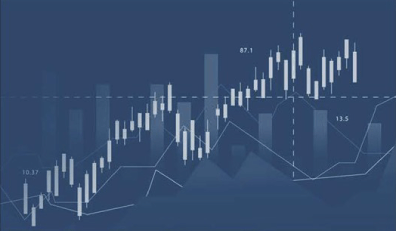Two the Point — Tariffs, Trade Wars, and Market Resilience

This week’s update focuses on the latest tariff developments and their broader economic implications. While headlines signal heightened uncertainty, strong U.S. fundamentals provide a buffer, and the evolving trade landscape may present both risks and opportunities for investors.
Key Takeaways:
- The U.S. announced 25% tariffs on imports from Canada and Mexico and 10% on Chinese goods, triggering market volatility. However, both Canada and Mexico secured a delay in tariffs in exchange for border security commitments.
- The ISM Manufacturing Index rose to 50.9, its first expansionary reading since October 2022, while the JOLTS report signaled continued labor market stability.
- Less than 10% of S&P 500 revenue originates from Canada, Mexico, and China, though industries like industrials and tech hardware face higher exposure.
- Among top tech stocks, the “Magnificent Seven” would be most directly impacted by Chinese tariffs; their exposure to Mexican and Canadian tariffs would be less significant.
- While the tariff issue appears to be more about border policy than revenue generation, a potential shift toward budget deficit reduction could escalate trade tensions later this year.
- Markets may adjust through currency fluctuations, shifts in interest rates, and sector rotations, creating potential investment opportunities.



